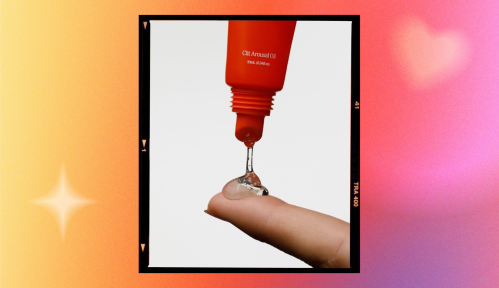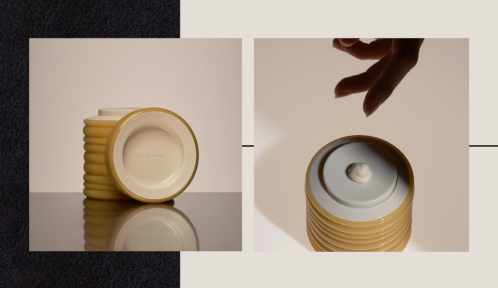Our editors independently select these products. Making a purchase through our links may earn Well+Good a commission
If your skin is feeling congested and you’re breaking out more often than usual, chances are you’re dealing with clogged pores. Detoxifying clay masks are generally the go-to for clearing away any oil, dead skin, and debris stuck beneath the surface of your skin, but if we’re being honest, these types of products can be kind of a pain to use. Thankfully, there are effective alternatives that are far less messy and time-consuming.
Experts in This Article
board-certified dermatologist at Audubon Dermatology in New Orleans
board-certified dermatologist at Medical Dermatology and Cosmetic Surgery in New York
Sydney, Australia-based cosmetic chemist
esthetician and the the director of education at Heyday Facial Bar
The best way to decongest your pores is to take a two-step approach. The first involves exfoliation to get rid of the dead skin cells that trap all the gunk, and the second is all about speeding up cellular turnover to bring healthy, new cells to the surface.
To exfoliate, look for cleansers, toners, and moisturizers with vitamin C, alpha-hydroxy acids (AHAs) like glycolic acid, and-or beta-hydroxy acids (BHAs) like salicylic acid. These all unclog pores and improve skin texture by “dissolving the ‘glue’ that holds skin cells together,” says Shea Amiruddin, director of skin-care education for Heyday Skincare.
And to improve skin cell turnover, use retinoids like retinol. “When you’re on a retinoid, your cells are dividing more rapidly and not having time to buildup on your skin, because the turnover is faster,” saysDeidre Hooper, MD, a board-certified dermatologist in Louisianna.
You’ll get the best result from using both of these actives in your routine, just be sure to space out the application.
“I usually recommend doing the retinoid in the evening and then either the salicylic acid or benzoyl peroxide product during the day,” says Marisa Garshick, MD, a board-certified dermatologist in New York City. “Especially when starting an acne regimen, it’s always best to space out your active ingredients.”
But, if you know your skin is sensitive/reactive, try introducing one for a few days and then bring in the other. There’s no benefit from going all in at once if your skin can’t handle it. “The chance of your acne healing when it’s red and irritated and inflamed is very low,” says Dr. Garshick.
Below, you’ll find 12 skin-care products that will help you clear clogged pores. Browse products exfoliants, retinoids, and—if your skin can handle it—products that combine the two.
Clear clogged pores with these exfoliants and retinoids
Exfoliants
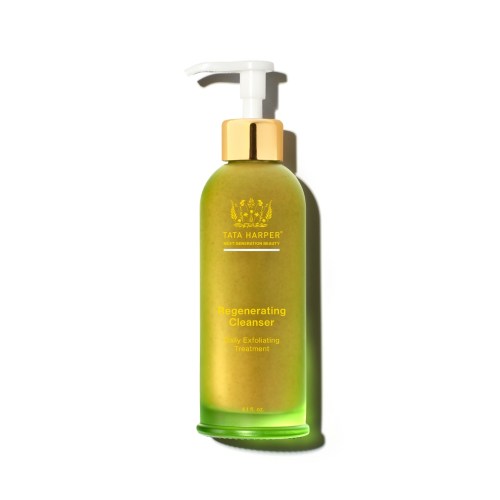
Tata Harper Regenerating Cleanser — $68.00
This daily cleanser blends BHAs from white willow bark with apricot microspheres to provide gentle chemical and physical exfoliation. It’s also made with a host of other ingredients including pomegranate enzymes, coral clay, and aloe vera that (respectively) help dissolve build-up, refine pores, and hydrate skin.
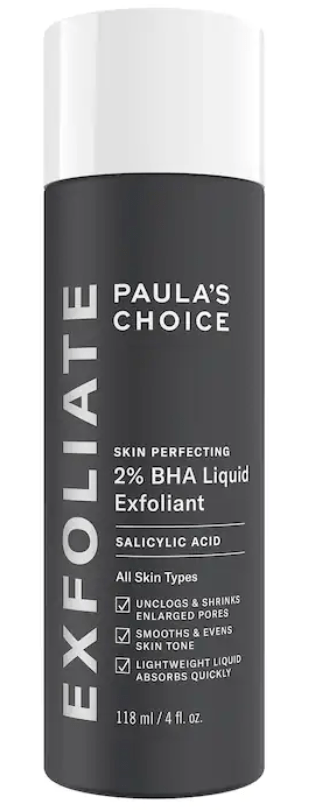
Paula's Choice Skin Perfecting 2% BHA Liquid Exfoliant — $11.00 to $32.00
“I’ve tried lots of salicylic acid products, and this one has just always worked the best for me,” says Michelle Wong, PhD, a cosmetic chemist based in Sydney, Australia. “It reduces the appearance of pores, smooths out skin texture, and evens out skin tone. It’s also really good if you are prone to blackheads, clogged pores, and acne. It helps with all of that. It’s a really good chemical exfoliant.”

Dr. Dennis Gross Skincare Alpha Beta Universal Daily Peel — $17.00 to $160.00
These pads are a favorite for many because they give you a mini chemical peel at home. Just swipe on the first pad, which is coated in a blend of powerful BHAs and AHAs, let them do their magic for a few minutes, and then wipe on the neutralizing pad. “Beta hydroxy acids go deeper into the pores and are great for acne, oily skin, and brightening. Alpha hydroxy acids are good for superficial exfoliation,” says Shirley Chi, MD, a board-certified dermatologist in Southern California. “So when they’re used together, you get more exfoliation and brightening than when used alone.”
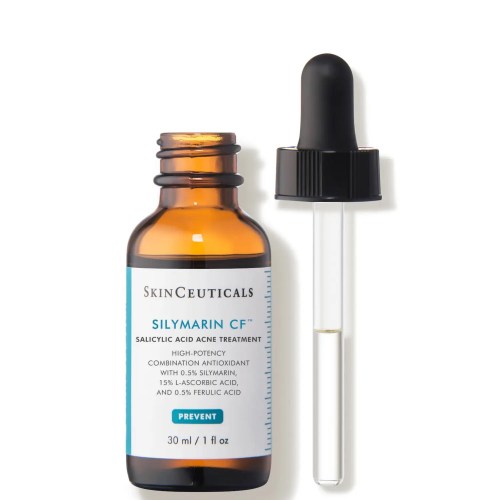
SkinCeuticals Silymarin CF — $169.00
The Silymarin CF oil is a version of SkinCeutical’s beloved CE Ferulic that’s designed for acneic skin. It mixes antioxidants vitamin C, silymarin, and ferulic with salicylic acid to exfoliate the skin while reducing oil. Silybin, the active compound in silymarin, “is derived from the milk thistle plant and is a potent antioxidant,” saysDendy Engelman, MD, a New York City dermatologist. “It helps inhibit sebum oxidation in the skin and leads to a decrease of 16 percent sebum in one week of usage.”
Retinoids
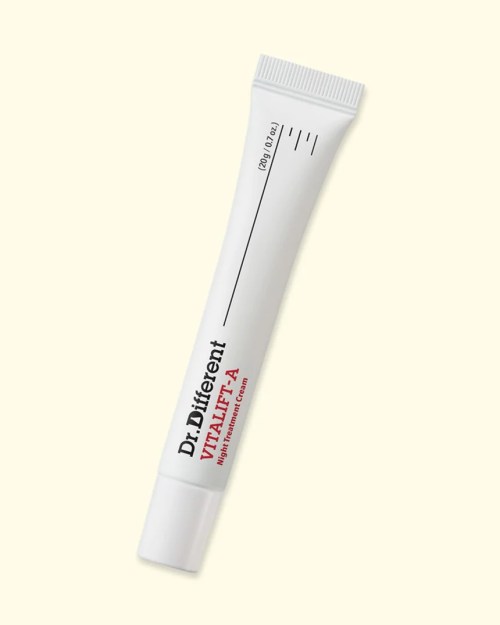
Dr. Different Vitalift-A — $42.00
This skin treatment is made with 0.05 percent retinal to help speed up cell turnover while hyaluronic acid hydrates and plumps skin. Like retinol, retinal is a vitamin-a derivative that the skin must convert to retinoic acid in order to use. However, retinal does this in fewer steps than retinol, making it more potent than retinol, but easier on the skin than prescription-strength retinoids.
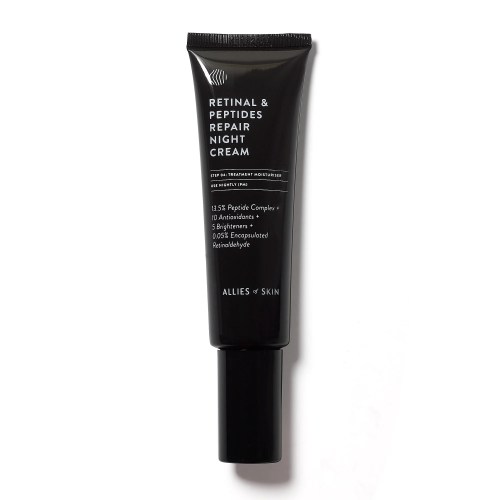
Allies Of Skin Retinal and Peptides Repair Night Cream — $109.00
This night cream blends retinal with antioxidant-rich argan oil and arctic cranberry seed oil to repair and protect the skin. It’s also made with peptides which stimulate our skin cells to produce more collagen. Collagen is a protein that keeps our skin firm and plump, and is something we lose with age. Peptides also help to brighten dull skin.

Sunday Riley A High-Dose Retinoid Serum — $85.00 to $125.00
This retinoid serum mixes a 5 percent retinoid ester blend with a 1 percent liposomal-encapsulated retinol. Retinol esters are a form of retinol that the skin can store and use when needed. Because it’s not all used at once, it’s more gentle than retinol. Liposomes deliver active skin-care ingredients right where they’re needed, so the liposomal encapsulation increases the efficacy of his retinol.

PSA Midnight Courage Rosehip & Bakuchiol Retinol Night Oil — $39.00
This serum blends retinol with bakuchiol, a plant-derived ingredient. Bakuchiol is often touted as a retinol alternative as it also helps to increase skin cell turnover. But, when used along with retinol, it can make the sometimes-harsh ingredient a bit more tolerable.
Combination exfoliants and retinoids
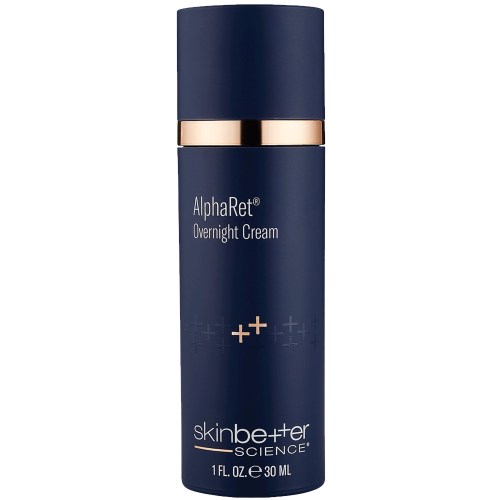
SkinBetter Science AlphaRet Overnight Cream — $130.00
Dermatologists love this cream that combines lactic acid with retinol. “It’s a really nice retinoid that a lot of people like,” saysElizabeth Kream, MD, a dermatologist based in Chicago. “It’s still pretty powerful, but it’s pretty well tolerated.” Lactic acid is a milk-derived AHA that is both effective and sensitive-skin friendly.

Peter Thomas Roth Retinol Fusion PM Night Serum — $65.00
This fusion serum combines 1.5 percent time-released microencapsulated retinol with antioxidants vitamins C and E. Both of these antioxidants help protect the skin from free-radical damage while providing gentle exfoliation. Vitamin C also helps to promote collagen production.

Shani Darden Skin Care Retinol Reform Treatment Serum — $30.00 to $88.00
This is the serum that celebrity esthetician Shani Darden recommends to all of her clients between facials. “It uses a time-release encapsulated retinol, which helps to minimize irritation that is often experienced with retinol products,” she says. It also contains lactic acid which brightens and smooths skin, “so you get both immediate benefits and long-term results.”
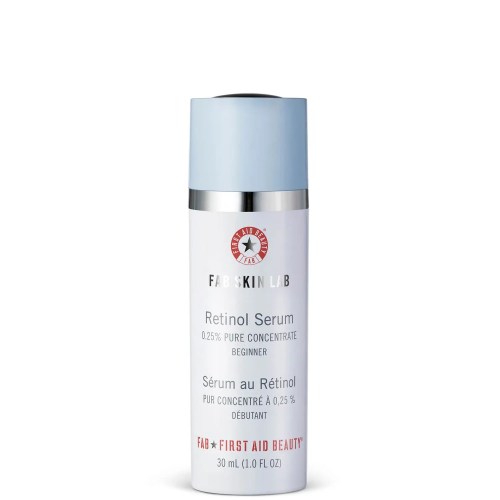
First Aid Beauty FAB Skin Lab Retinol Serum 0.25 Pure Concentrate — $58.00
Super-charge your nighttime routine with this serum that blends retinol with collagen-boosting peptides along with vitamins C and E to gently exfoliate and brighten skin. It also includes a host of moisturizing ingredients including hyaluronic acid, colloidal oatmeal, allantoin, aloe, and ceramides that can help soothe the sometimes drying effects of retinol.
Want to be the first to hear about the latest (and greatest) SHOP product drops, custom collections, discounts, and more? Sign up to have the intel delivered straight to your inbox.
Sign up for the Well+Good SHOP Newsletter
Get exclusive deals on wellness, beauty, fitness, and food products that have been hand-picked by our editors.
Got it, you've been added to our email list.


